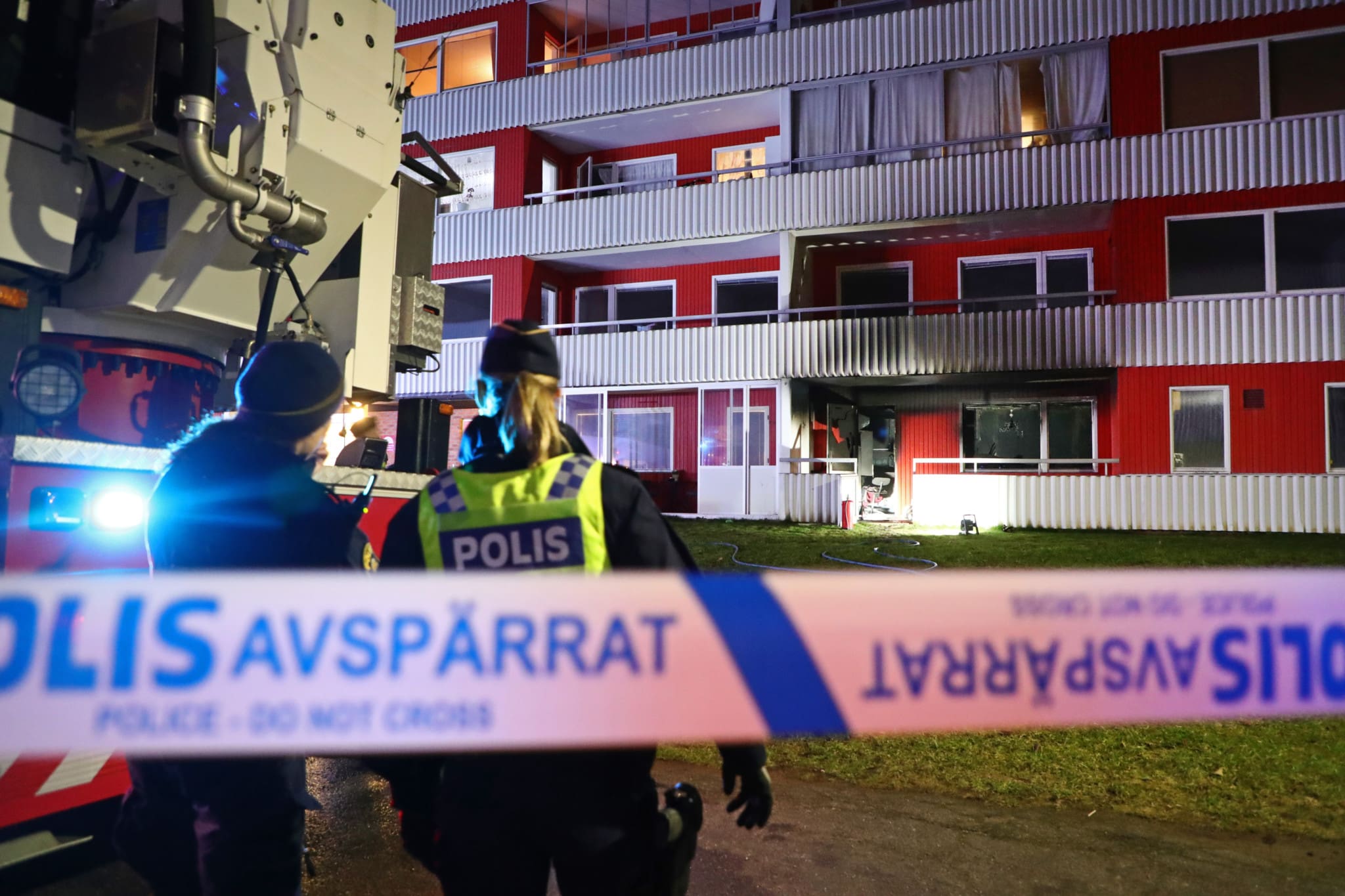Violence against medical workers in some areas of Sweden is becoming so commonplace that a “protection ban” may be instituted on no-go zones of Stockholm featuring large migrant populations hostile to the authorities. In practice, this will mean ambulance drivers will refuse to go to certain addresses without police or rescue services to protect them.
“We’re worried that someone will get killed if nothing happens,” says specialist nurse Linda Orrvik.
The problem has been going on for years. For example, the Kvartal television program ran an extensive segment covering the issue already in 2018; it featured two paramedics describing the difficulties they face working in no-go areas.
“For example, we go to places where gun violence occurs, places where there are weapons and narcotics, and places where there are other rules than the rule of law we’re used to, that’s the difference,” said Henrik Johansson, a paramedic since 1990.
Over the decades he has worked, he says the situation has sharply deteriorated in the last five to 10 years.
“It’s a balancing act. When we started talking about this issue 10, 15 years ago, when we started discussing this, we were quite often laughed at. We were called nasty things,” said Johannson. The interviewer then asked him: “Racists?” He responded, “Yes, among other things.”
Gordon Trattidge, the chairman of the Ambulance Alarm Group and the paramedics’ trade union, echoed Johannson’s sentiment, saying, “The incidents are more frequent and the violence is now more brutal. There’s also a more disrespectful attitude towards public services where one doesn’t respect who we are.”
Radio Sweden reports that ambulance staff are now proposing to implement a new system that will flag certain calls, including with information about whether there is a threat or risk of violence associated with a call. However, the chief of the largest ambulance operator in Stockholm, Falck, says that such a complex flagging system is difficult to get right.
Falck has 36 ambulances in operation and serves approximately 85,000 patients per year, but is far from the only rescue service concerned with the no-go zone neighborhoods in Sweden.
In 2017, postal services stopped sending workers to dozens of homes in a Stockholm suburb featuring a high number of immigrants because it was too dangerous to send their staff.
It was reported in 2017 that firefighters in the capital were forced to abandon efforts to put out a fire in a burning building due to locals attacking them. The building burned to the ground, and police believe it spread from an arson fire that began with two burning vehicles. The suspects allegedly attacked the vehicles with glass bottles and stones, and police responding to the scene were attacked in a similar manner.
The situation has become so bad that the Swedish firefighting services had to increase their diversity hires to discourage attacks from residents in migrant-heavy areas.
”At one point, some kids were throwing rocks at us. I caught hold of a guy and spoke to him in his own language,” Ilhan Demir of the South Stockholm fire service told SVT.
When former U.S. President Donald Trump said in 2017 that Sweden is “having problems like they never thought possible” due to mass immigration, he was roundly mocked by a wide range of media outlets across the world. Since then, Sweden has made a sharp turn on immigration due to a record number of shootings and murders, with the crime wave playing a major role in conservatives coming to power in this year’s national election.





